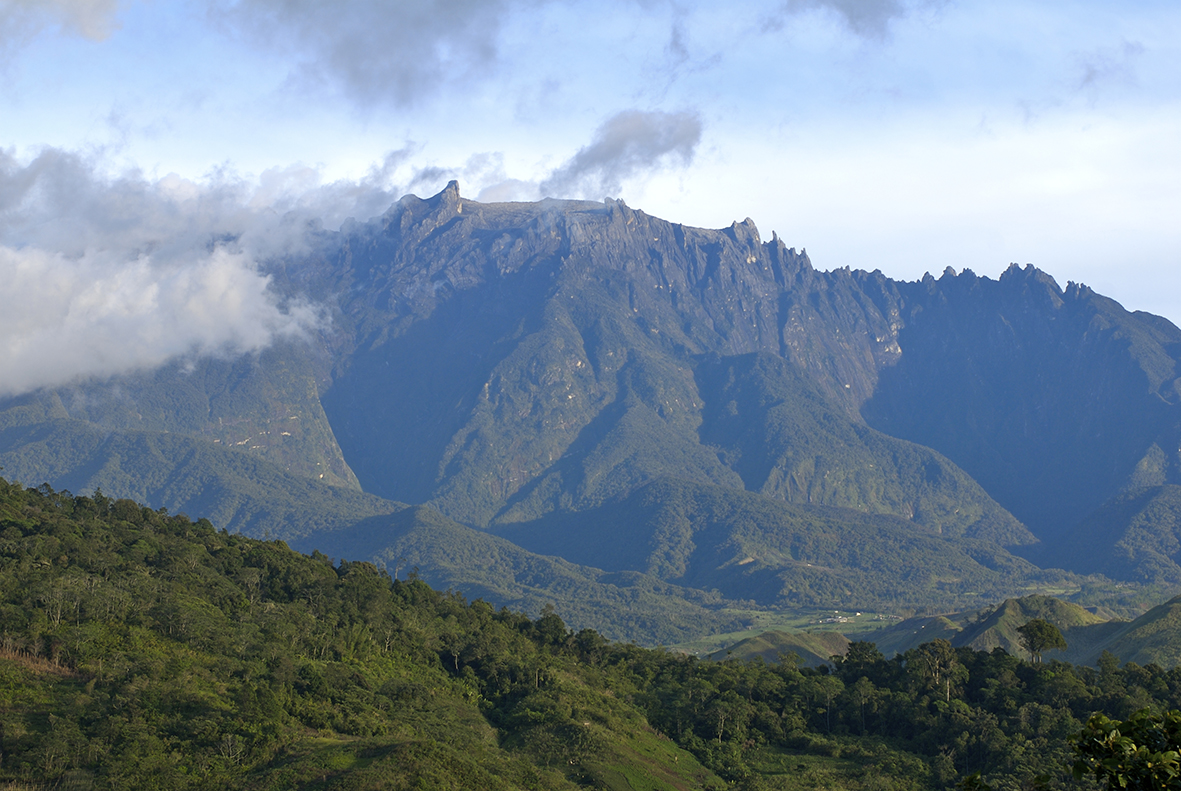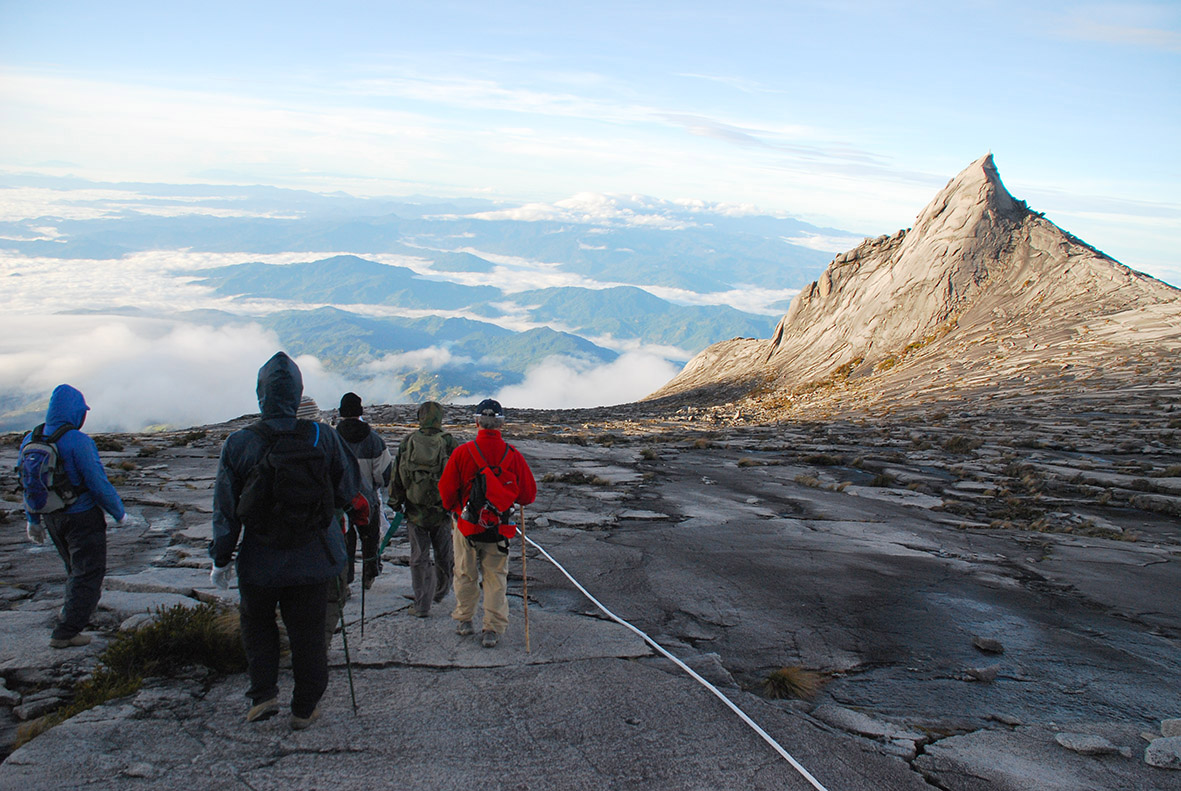At a height of 4,095 metres (13,435 feet) above sea level, Mount Kinabalu is Southeast Asia’s highest peak. Located in the Ranau district, West Coast Division of Sabah, Mount Kinabalu is a world-famous destination, particularly among avid mountain climbers. It’s the main attraction of the Kinabalu Park, a UNESCO World Heritage Site.
Mount Kinabalu is home to some of the most exotic flora and fauna, which promises all nature lovers a wholesome wildlife experience. A staggering 5,000 to 6,000 species of plants have been identified there, along with some 326 species of birds, and over 100 species of mammals, making it one of the world’s most important biodiversity sites.
The climb to the summit will take two days and one night. Climbers will spend a night at Panalaban (previously known as Laban Rata) before resuming the climb to the summit early next morning. Climbers have a choice of two trails in order to reach the Summit from Panalaban – Ranau Trail and Kota Belud Trail. The first checkpoint for climbers is Panalaban (3,272 metres), followed by Sayat-Sayat (3,668 metres), and finally the highest peak – Low’s Peak (4,095 metres).
Reaching the summit of Mount Kinabalu is certainly a fascinating feat for all climbers. The journey back from the summit could still be an adrenaline-pumping experience, as the rapid descend might challenge your knees. Besides that, the route downwards is also often slippery, as it normally rains late in the morning.
As Sabah Parks only issues 100 climb permits per day (with effect from 5 March 2021), climbers are recommended to book their trip early to avoid disappointment. All climbers (regardless of level of experience) must be accompanied by an accredited mountain guide at all times due to national park regulations.



